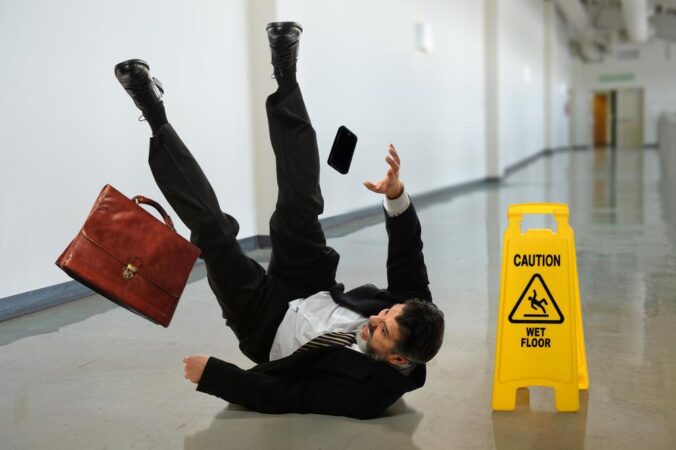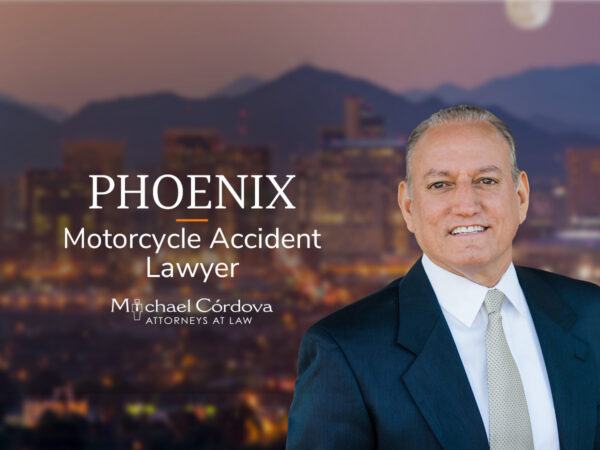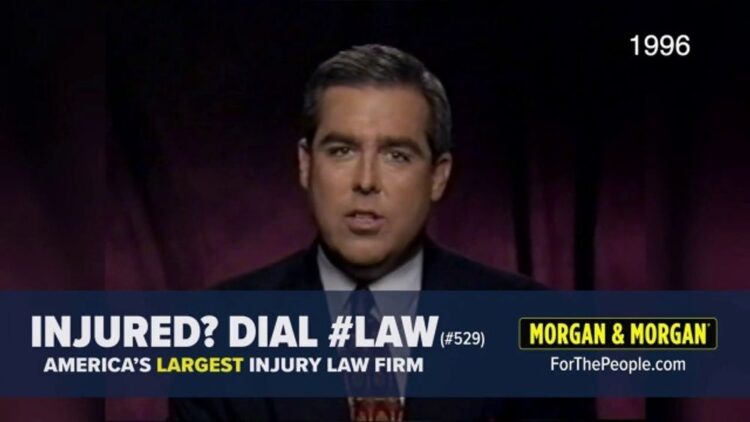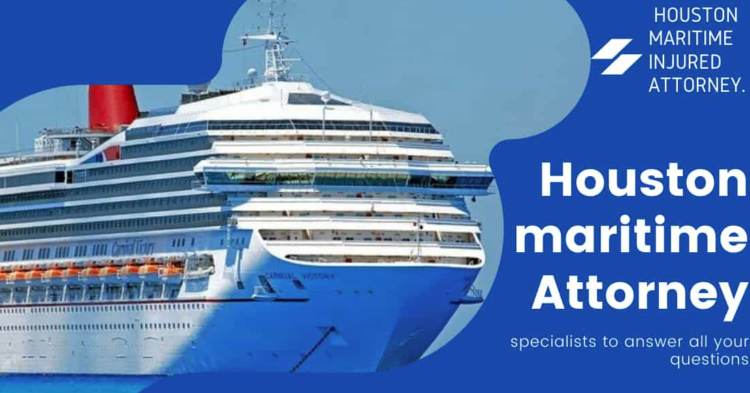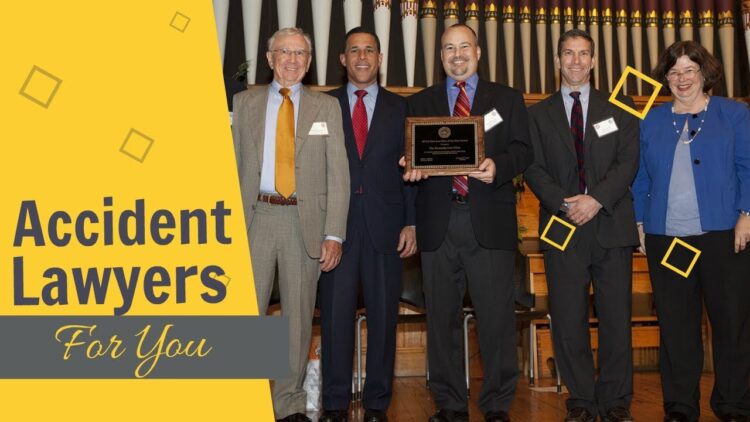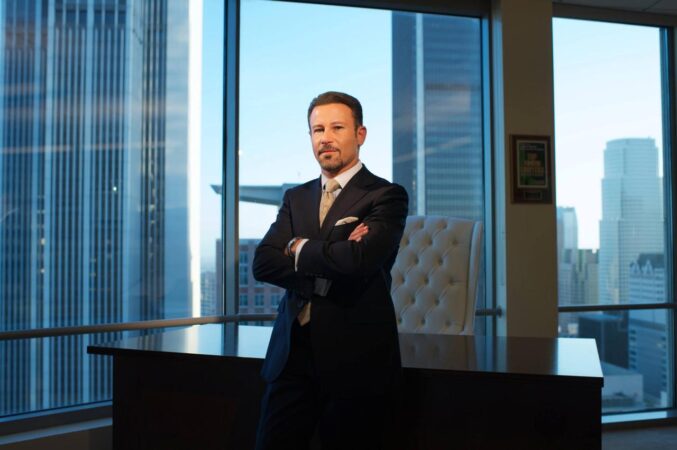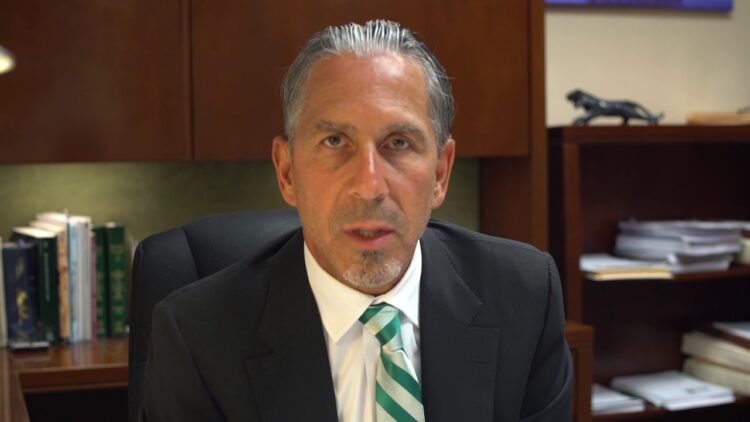
Introduction to Personal Injury Cases

Personal injury law involves legal claims filed by individuals who have suffered physical or psychological harm due to the negligence or intentional actions of another party. In a slip and fall case, the plaintiff (injured party) alleges that the defendant (responsible party) failed to maintain a safe environment, resulting in the plaintiff’s injuries.
Elements of a Slip and Fall Case
To establish a successful slip and fall case, the plaintiff must prove the following elements:
- Duty of care: The defendant owed the plaintiff a duty of care to maintain a safe environment.
- Breach of duty: The defendant breached their duty of care by failing to take reasonable steps to prevent the hazard that caused the fall.
- Causation: The defendant’s breach of duty directly caused the plaintiff’s injuries.
- Damages: The plaintiff suffered damages as a result of their injuries, such as medical expenses, lost wages, and pain and suffering.
Liability in Slip and Fall Cases
Determining liability in slip and fall cases requires an understanding of negligence and common causes of accidents.
Legal Principles of Negligence
Negligence refers to the failure to exercise reasonable care to prevent harm to others. In slip and fall cases, liability is typically based on the property owner’s negligence.
Common Causes of Slip and Fall Accidents
- Wet or slippery floors
- Uneven surfaces
- Inadequate lighting
- Defective stairs or railings
- Cluttered walkways
Defenses to Liability
Property owners may raise various defenses to liability, including:
- Lack of Notice: The owner was not aware of the dangerous condition and had no reasonable opportunity to discover it.
- Open and Obvious Defect: The dangerous condition was readily apparent to the victim, who should have avoided it.
- Assumption of Risk: The victim voluntarily entered the property despite knowing about the hazard.
- Contributory Negligence: The victim’s own negligence contributed to the accident.
Damages in Slip and Fall Cases
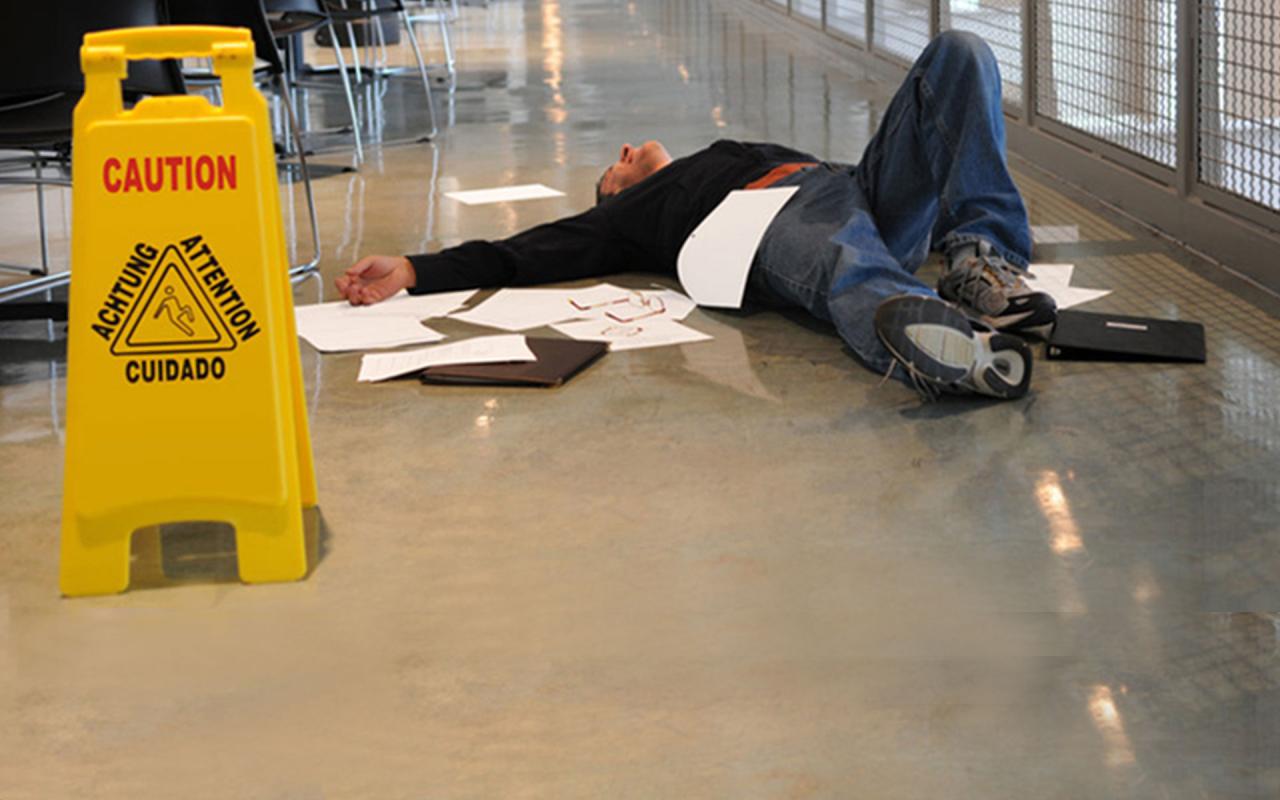
In slip and fall cases, victims may be entitled to recover a range of damages, both economic and non-economic. These damages are intended to compensate the victim for the losses and injuries suffered as a result of the fall.
The calculation of damages in slip and fall cases is complex and varies depending on the specific circumstances of each case. However, there are some general principles that apply.
Economic Damages
Economic damages are those that can be quantified in monetary terms. They include:
- Medical expenses
- Lost wages
- Property damage
- Future medical expenses
- Future lost wages
To calculate economic damages, the victim’s attorney will gather evidence of the victim’s medical bills, lost wages, and other expenses. The attorney will also estimate the victim’s future medical expenses and lost wages based on the victim’s age, occupation, and injuries.
Non-Economic Damages
Non-economic damages are those that cannot be quantified in monetary terms. They include:
- Pain and suffering
- Emotional distress
- Loss of enjoyment of life
- Disfigurement
- Disability
To calculate non-economic damages, the victim’s attorney will consider the severity of the victim’s injuries, the impact of the injuries on the victim’s life, and the victim’s prognosis.
Examples of Awards in Slip and Fall Cases
The amount of damages awarded in slip and fall cases varies widely depending on the specific circumstances of each case. However, some examples of awards in slip and fall cases include:
- $1 million for a victim who suffered a broken hip in a slip and fall accident
- $500,000 for a victim who suffered a concussion and other injuries in a slip and fall accident
- $250,000 for a victim who suffered a sprained ankle in a slip and fall accident
If you have been injured in a slip and fall accident, it is important to speak to an attorney to discuss your legal rights. An attorney can help you determine the value of your claim and negotiate a fair settlement with the insurance company.
Role of the Personal Injury Lawyer
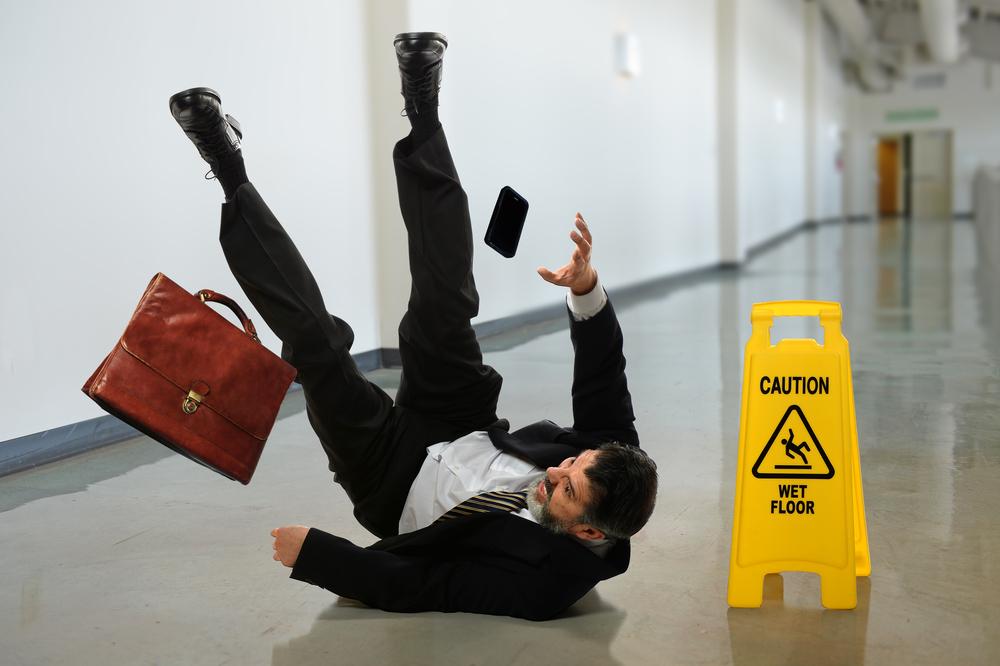
Hiring a personal injury lawyer can provide several benefits in slip and fall cases. A lawyer can assist with:
– Investigating the accident and gathering evidence to support your claim.
– Negotiating with the insurance company to obtain a fair settlement.
– Representing you in court if necessary.
Selecting a Lawyer
When selecting a personal injury lawyer, consider the following factors:
– Experience and track record in handling slip and fall cases.
– Availability and willingness to communicate regularly.
– Contingency fee structure, where the lawyer’s fees are based on a percentage of the settlement or verdict.
Lawyer’s Role in Investigation and Negotiation
Your lawyer will play a crucial role in investigating your slip and fall accident by:
– Interviewing witnesses and obtaining statements.
– Reviewing surveillance footage or other relevant evidence.
– Consulting with experts, such as engineers or medical professionals.
Once the investigation is complete, your lawyer will negotiate with the insurance company on your behalf. The goal is to obtain a settlement that fairly compensates you for your injuries and losses. If a fair settlement cannot be reached, your lawyer may file a lawsuit and represent you in court.
Best Practices for Preventing Slip and Fall Accidents
Identifying and mitigating potential hazards is crucial to preventing slip and fall accidents. These accidents can occur in various settings, from homes to businesses and public areas. Proactive measures can significantly reduce the risk of such incidents.
Common Hazards
Identifying common hazards in different settings is essential for prevention. These may include:
– Wet or slippery floors due to spills, leaks, or inclement weather
– Uneven surfaces, loose rugs, or torn carpeting
– Poor lighting or obstructed visibility
– Obstacles or clutter blocking walkways
– Icy or snowy conditions
Proactive Measures
Businesses and property owners have a responsibility to implement proactive measures to mitigate risks and ensure safety. These measures include:
– Regular inspections to identify and address potential hazards
– Prompt cleanup of spills and leaks
– Use of non-slip flooring materials and mats
– Proper lighting and visibility throughout the premises
– Clear signage to warn of potential hazards
– Regular maintenance and repairs to address uneven surfaces or obstacles
Best Practices for Businesses
Businesses should implement comprehensive safety programs that include:
– Training employees on hazard identification and prevention
– Establishing clear policies and procedures for maintaining a safe environment
– Providing appropriate personal protective equipment (PPE) to employees
– Regular audits and inspections to ensure compliance with safety standards
Best Practices for Property Owners
Property owners are responsible for maintaining a safe environment for tenants and visitors. This includes:
– Regular inspections and repairs to address potential hazards
– Proper lighting and visibility in common areas
– Clear signage to warn of potential hazards
– Prompt cleanup of snow and ice during winter months
By implementing these best practices, businesses and property owners can significantly reduce the risk of slip and fall accidents, ensuring a safe environment for everyone.
